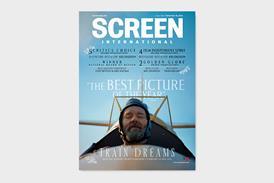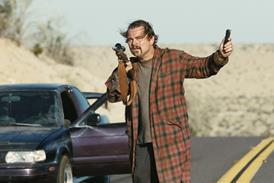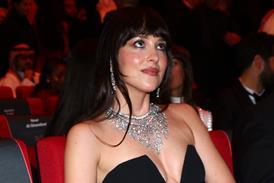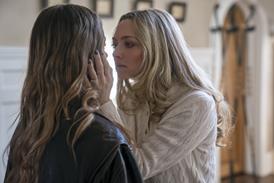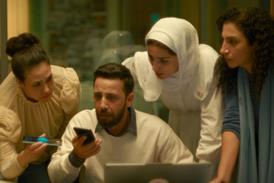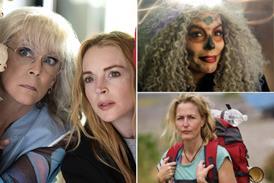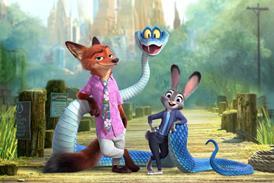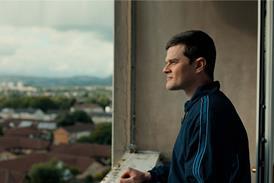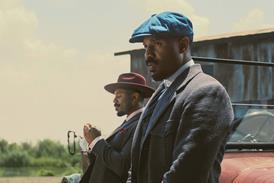Star Luisa-Celine Gaffron shines in Perspectives premiere
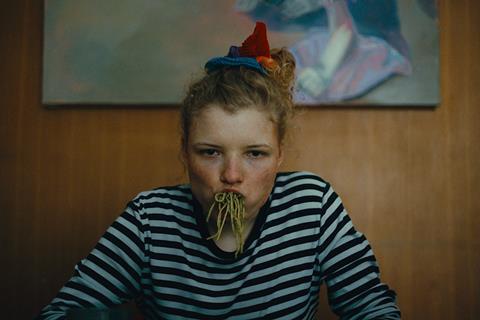
Dir/scr: Florian Pochlatko. Austria. 2025. 102mins.
Mental illness can be a tricky thing to get right in any art form. In his peppy debut feature, Florian Pochlatko grabs the nettle with a deal of panache by turning the travails of twenty-something psychiatric patient Pia, engagingly played by Luisa-Celine Garron, into a kind of cinematic graphic novel that navigates a deft tonal journey through humour, melancholy, romance, edgy drama and some trippy visual montages.
Navigates a deft tonal journey
The risk, in these cases, is to make mental catastrophe cute – and it’s one that How to be Normal, which bows in Berlin’s Perspectives, does not shy away from. There’s quite a tender love story at its core, one that is all about how addictive destructive relationships can be, and how difficult but necessary it is to end them. And this brightly-coloured, self-consciously cool film makes things easy for its audience by refusing to name Pia’s condition.
But if it’s just a little too much in love with itself at times, this debut of a writer-director who studied under Michael Haneke is also confident and original. You want doom-laded TV news reports, weird amoeba montages, disaster movie parodies, and a shrink who during a therapy session, for no apparent reason, gets up and dances to Haddaway’s 1990s Eurodance hit ’What Is Love’? It’s all here. There’s a built in appeal for younger audiences who will appreciate its multimedia approach and Mitteleuropean Napoleon Dynamite vibe, and adventurous arthouse distributor may also be tempted.
What plot there is centres on Pia’s episodic attempts to fit in with the ‘normal’ world after she is discharged from a psychiatric clinic – not, we suspect, for the first time. A lot rests on the shoulders of an actress who is in almost every shot (the very few scenes that stray from her point of view feel like missteps). Garron rises to the challenge with aplomb: her Pia is a life-force whose face positively glows when she is up, and looks like wet cement when she sinks into a trough (though her preferred delusion is that it is covered with a thin slice of Gruyere cheese – and this being Pia’s world, she spends a fair while walking around with cheese on her face).
Not all of Pia’s paranoid visions are so original: a recurrent one features CIA operatives straight out of Matrix central casting, suggesting perhaps that every age creates its own royalty-free photo archive of delusions. Mental health in the age of social media is another preoccupation: when Pia breaks into a frenzied cry-for-help dance outside a bar where a friend works, most of the clients reach for their mobile phones and start filming her.
If there’s a big message buried in this breezily disturbing and disturbingly breezy comedy-drama, it’s right there in the title: how do you return to normality when normality, today, is so damn weird? It doesn’t help that Pia moves back into the bedroom she grew up in, or that her concerned parents are themselves doing jobs that would drive anyone batty. Mum Elfie (Elke Winkens) is a voice-over artist narrating Mondo-style TV documentaries about zombie snails and other freaks of nature, while dad Klaus (Cornelius Obonya) is an executive in a printing company whose entire staff, himself included, is in denial about a takeover that will lead to its certain demise. He finds Pia a job there as sustainability officer, a role that seems to involve endless amounts of photocopying.
As a moral, ‘in a mad world, maybe crazy is sane?’ verges on the facile, but How to Be Normal pulls back from that conclusion in an ending that returns to the film’s emotional baseline – sympathy for a young woman who knows she is ill and wants to get better.
Production companies: Golden Girls Filmproduktion
International sales: Alpha Violet, info@alphaviolet.com
Producers: Arash T. Riahi, Sabine Gruber
Cinematography: Adrian Bidron
Production design: Julia Oberndorfinger, Attila Plangger
Editing: Julia Drack
Music: Rosa Anschutz
Main cast: Luisa-Celine Gaffron, Elke Winkens, Cornelius Obonya, Felix Pochhacker, Oliver Rosskopf, Lion Thomas Tatzber-Poms, David Scheid

